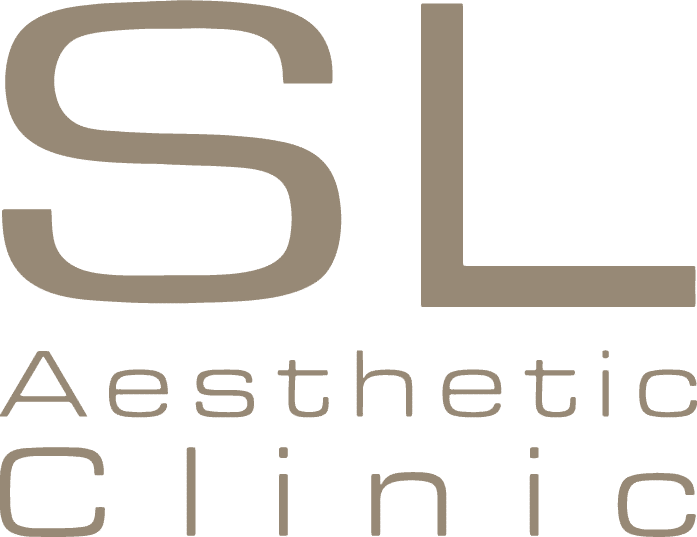If you have considered undergoing a facial rejuvenation procedure, breast augmentation or buttock implantations but don’t think you’re ready for a face lift or other forms of plastic surgery, then Autologous Fat Transfer might just be the solution for you.
Autologous Fat Transfer (AFT), also known as Fat Grafting or Microlipoinjection, is an out-patient procedure in which an individual’s own body fat is used to plump up areas of the face (such as in the cheeks, chin, nasolabial folds, under eye, forehead, lips), or to add volume to the breasts or buttocks.
Improve And Enhance Areas Of The Face And Body
Autologous Fat Transfer can be used for the following areas:
- Face – improve the appearance of wrinkles, creases and lines; fill depressions in nasolabial folds, cheeks, forehead; plump up chin and lips for a youthful look
- Breasts – correct imbalanced breasts, enhance breasts for a fuller uplifted look
- Buttocks – enhance and augment buttocks
- Hands – restore subcutaneous fat loss on back of hands
- Scars – elevate depressed surgical scars
- And other areas which should be discussed with the doctor

Benefits Of Fat Transfer
- Can be used to treat on a number of areas on the face and body
- Usage of a patient’s own fat means minimal risk of material rejection or adverse allergic reaction (in the case of an implant)
- Dual benefits of reducing fat in an area where you don’t want it while enhancing another
- Natural alternative for those unable to accept plastics, implants, and/or dermal fillers
Safety Of Fat Transfer
As a relatively new procedure, there are no large clinical studies with long-term follow-up. As is the case with all cosmetic treatments, fat transfer carries risks along with benefits, although they are rare:
- Treatment could become over-corrected, remain under-corrected or uneven
- Calcification, the formation of tissue lumps or cysts, damage to surrounding tissues including nerves, scarring, bleeding and infection
- Necrosis or death of some fat may happen. Symptoms include pain, bleeding, the blue/black colouration of the skin, numbness, fever and sores
Price List
| Area | Price |
|---|---|
| Fat Transfer to the Face | From $5400 |
| Fat Transfer to the Breasts | From $6500 |
FAQ
Considering getting an Autologous Fat Transfer in Singapore?
Learn all about the procedures and the things to take note.
At SL Aesthetic Clinic, Autologous Fat Transfer is performed under Tumescent Anaesthesia, which also removes bleeding associated with traditional surgery.
Fat transfer risks are few and minimal. But as is the case with all cosmetic treatments, fat transfer carries risks:
- Treatment could become over-corrected, remain under-corrected or uneven
- Calcification, the formation of tissue lumps or cysts, damage to surrounding tissues including nerves, scarring, bleeding and infection
- Necrosis or death of some fat may happen. Symptoms include pain, bleeding, blue/black colouration of the skin, numbness, fever and sores
- Because some fat cells can stimulate cell growth, some medical professionals also express concerns that fat injected into the breast area may cause dormant breast cancer cells to grow; recent reports indicate otherwise, but more research needs to be done
Most patients see results one month post-procedure, after the swelling has subsided. Final results can take up to four months to realise as the body also absorbs some of the injected fat. For optimal results, several fat grafting sessions may be required.
The time taken for a Fat Transfer procedure will depend on the area(s) involved. On average, a Fat Transfer can take 2 – 4 hours to complete.
Upon consultation and assessment at our clinic, the procedure proper is fixed at a later date and time.
There is no definite length to the amount of time that the benefits of a fat transfer will last. Over the course of a few months or a year, a portion of the injected fat will be reabsorbed and dispersed by the body. An approximate one third or more of the original volume will remain.
At SL Aesthetic Clinic, Autologous Fat Transfer is performed under Tumescent Anaesthesia, a technique for delivery of local anaesthesia. This means you will be awake for the entire procedure, but not feel any pain. Post-procedure discomfort should only be short-term and can usually be managed with oral pain medication.
Recover after the fat transfer will depend on the individual. Incisions are kept to a minimum as much as possible. Most patients can move about and engage in normal activities on the same day of the injections. However, it is advisable to avoid stressful and strenuous activities for at least 4 – 6 weeks. In some cases, patients may experience some swelling and bruise at the injection site(s).
Autologous Fat Transfer is safe for most healthy adults. It is also especially beneficial for patients who have experienced lipoatrophy (loss of the fat layer in the face), and patients wanting a breast reconstruction after a mastectomy due to breast cancer.
As with all medical procedures, you should be sure to disclose all of your medical history and current habits such as smoking and use of blood-thinners, medications, birth control pills, or supplements.
Autologous Fat Transfer is unsuitable in the following circumstances:
- Pregnant, may be pregnant, lactating, or if you are of child-bearing age with a positive pregnancy test before treatment
- A major breast augmentation (2 or more bra sizes)
- Extremely sagging or dropping breasts due to breast feeding or ageing
- Weak constitutions where fat cannot be extracted from thighs and abdomen
- Have an existing heart condition or high blood pressure
- Bleeding or blood clotting disorders (coagulopathy)
- Active bacterial or viral infection
- On blood thinning medication
Pre-care: Ensure that you’re in a good state of health and not recovering from a bacterial or viral infection. Avoid the use of blood thinners such as ibuprofen and aspirin for two weeks before the procedure.
Post-care: Compression garments can be worn for the first 2-3 days post-treatment to help reduce any swelling, but is not required. Strenuous activities should be avoided for at least 4 – 6 weeks post-procedure.
Like what you read? Share them!



